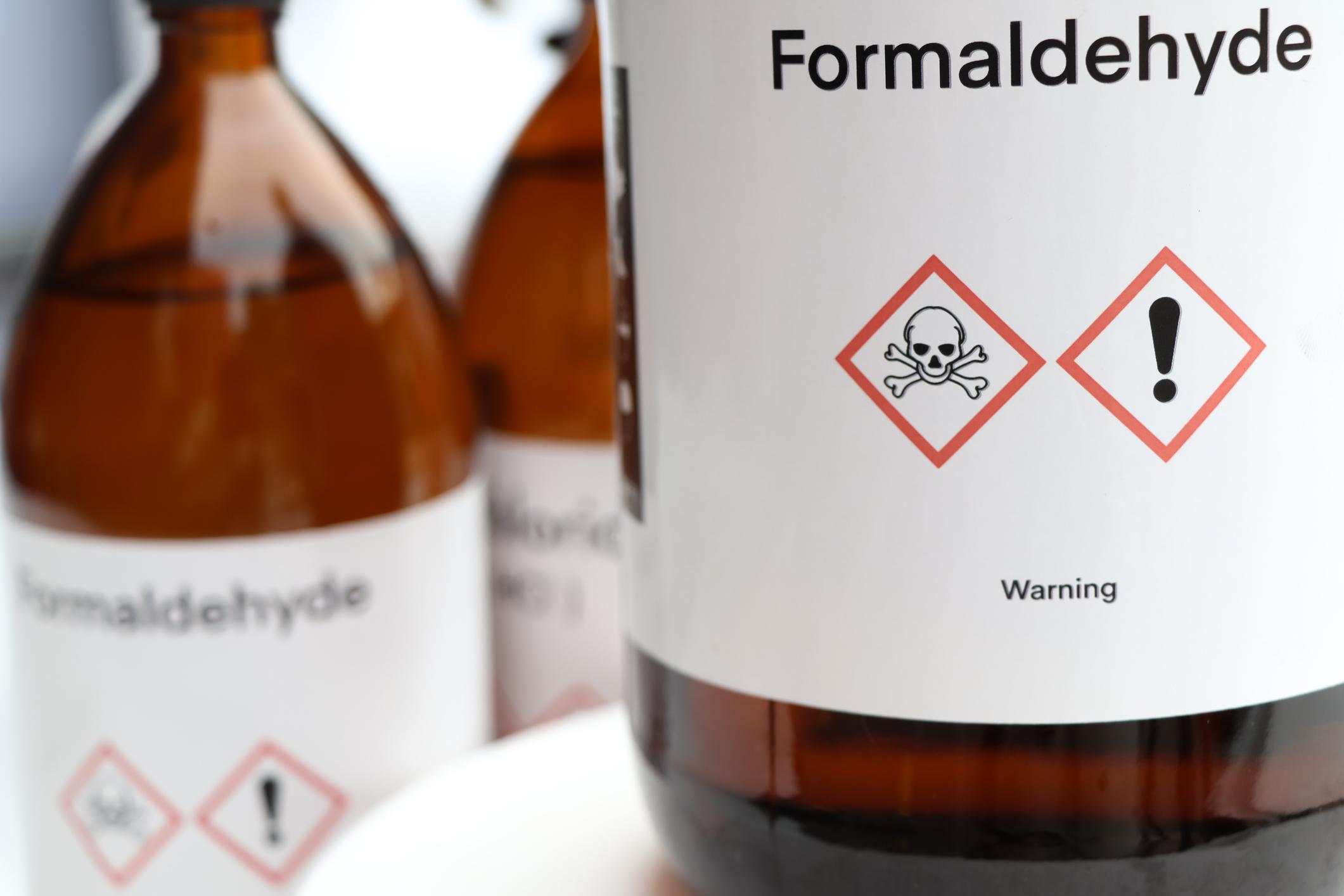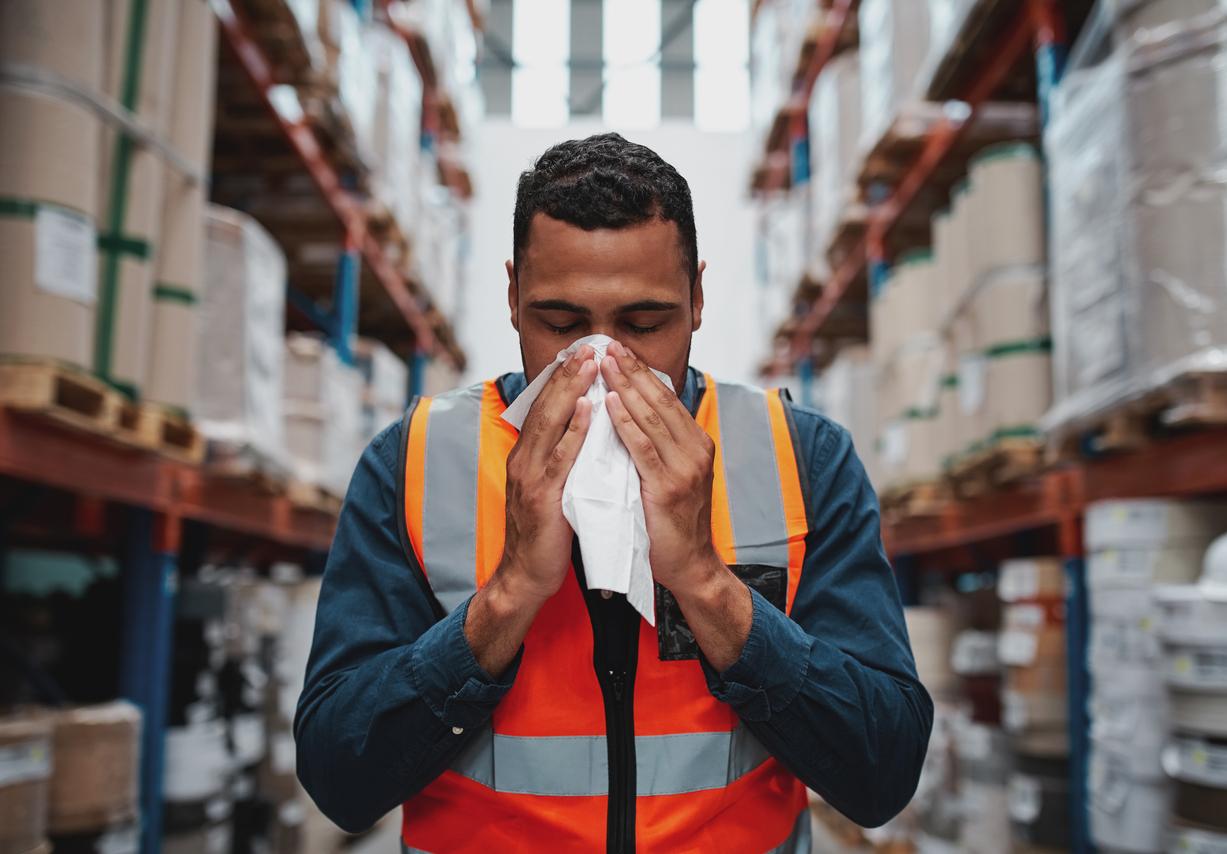ANSES has warned of the increased risks of myeloid leukemia after high exposure to formaldehyde, a substance widely used in different sectors of activity.

- Formaldehyde is a substance known to be carcinogenic.
- ANSES has notably observed a correlation between formaldehyde and the risks of myeloid leukemia.
- Certain sectors of activity are still subject to high exposure to formaldehyde.
Commonly called “formaldehyde”, formaldehyde is or has been widely used in different professional activities, notably as a preservative in embalming, as a disinfectant in hospitals and agricultural environments, as well as as a fixative in anatomical laboratories. cytopathology.
A proven link between occupational exposure to formaldehyde and myeloid leukemia
For several years, formalin has been classified as a carcinogenic substance promoting nasopharynx cancer by various European and international organizations. In a new reportThe National Agency for Food, Environmental and Occupational Health Safety (ANSES) concluded “to a proven causal relationship between occupational exposure to formaldehyde and myeloid leukemia, in view of the analysis of existing data and on the basis, in particular, of the conclusions of the report of the American National Research Council of 2014”. Acute myeloid leukemia is a rare blood and bone marrow cancer that progresses rapidly in the absence of therapeutic treatment.
ANSES has drawn up a list of sectors and professions that have been exposed to this carcinogenic substance. According to the conclusions, 86 out of 88 sectors of the nomenclature of French activities (NAF) are concerned. The correlation between formaldehyde and myeloid leukemia risk “constitutes a strong argument in favor of the creation of an occupational disease table”, noted the organization. Before adding: “this new table would complement the existing tables of occupational diseases linked to formaldehyde in the social security systems (general and agricultural). They cover conditions such as dermatitis, eczema, rhinitis, asthma, and on nasopharyngeal cancer, the latter having been created in 2012.”

Sectors still very exposed to high levels of formaldehyde
As specified by ANSES, a significant reduction in the proportion of exposed workers in all sectors combined was observed due to the implementation “rules for the prevention of carcinogenic, mutagenic or toxic risks for reproduction in the Labor Code”. However, certain sectors remain very exposed to high levels of formaldehyde. This is particularly the case for funeral services, the health care sector and carpentry work.
In 2022, the Coves had identified potential alternatives to formaldehyde in five sectors of activity (human food, animal feed, fish farming, medical diagnosis and embalming). “Implementing a substitution approach does not simply consist of replacing one substance with another, but may require reviewing production processes, materials used and even the organization of work. It is therefore important that employers lead this reflection with all the stakeholders concerned: suppliers, employees and their representatives”explained Henri Bastos, scientific director of occupational health at Anses.















